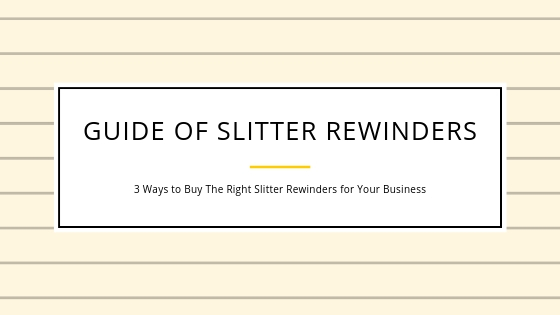What Is Taffeta?
Many times, the fabric used for these luxurious creations is taffeta, a crisp, stiff fabric with a slight sheen to it. While the name might not be as common as cotton, silk, georgette, chiffon and velvet, taffeta is an important fabric for fashion, soft furnishings and other household accessories.
What Is Taffeta Made Of?
Taffeta was originally made from silk. However, today synthetic fibers such as rayon, acetate, and nylon are also used in the manufacturing process. The fabric is made from a tightly woven plain weave also known as ‘tabby weave’, with very fine horizontal ribs. The warp and weft form a simple crisscross pattern, resembling a checker-board.
There Are Two Types of Silk Taffeta:
- Piece-dyed taffeta is soft and often used in linings.
- Yarn-dyed taffeta is stiffer and is used for making evening dresses.
There is also something known as ‘paper taffeta’, an extremely thin and crisp kind of taffeta. The other kinds of taffeta include:
- Moiré Taffeta: It has a rippled, watermark pattern which may or may not be permanent.
- Antique Taffeta: A stiff cloth with soft lumps in the yarn.
- Faille Taffeta: It is woven mostly with staple natural fibers.
The quality of taffeta fabric can be gauged by a simple test—scratch the fabric with your fingernail. If the warp yarn separates it is a loose weave and the fabric may unravel.
What Is Taffeta Used For?
Due to its rich and luxurious feel and appearance, taffeta is used to make wedding gowns, evening dresses, prom dresses, jackets and other kinds of party wear. The stiffer variant of taffeta can also be used to make curtains as the fabric holds its shape when drawn together, thereby enhancing the aesthetics of a room. Other uses of taffeta include lining fabric, insulation, manufacturing umbrellas, handbags, sleeping bags, shower curtains etc. Taffeta was also used to make parachutes during World War II.
Advantages of Taffeta
- Light weight
- Rich and luxurious
- Smooth and shiny
- Poly-based taffeta is inexpensive
Disadvantages of Taffeta
- Requires more maintenance
- Prone to creasing
- Not breathable
Now that you know what is taffeta, if you have requirement of taffeta lining, come and visit Taiwan Dyeing & Fabric Co., Ltd. also the good ideal. TDF can provide a variety of industrial fabrics and lining fabrics for customers. Today, contact TDF for more details of taffeta!
Article Source: Contrado

